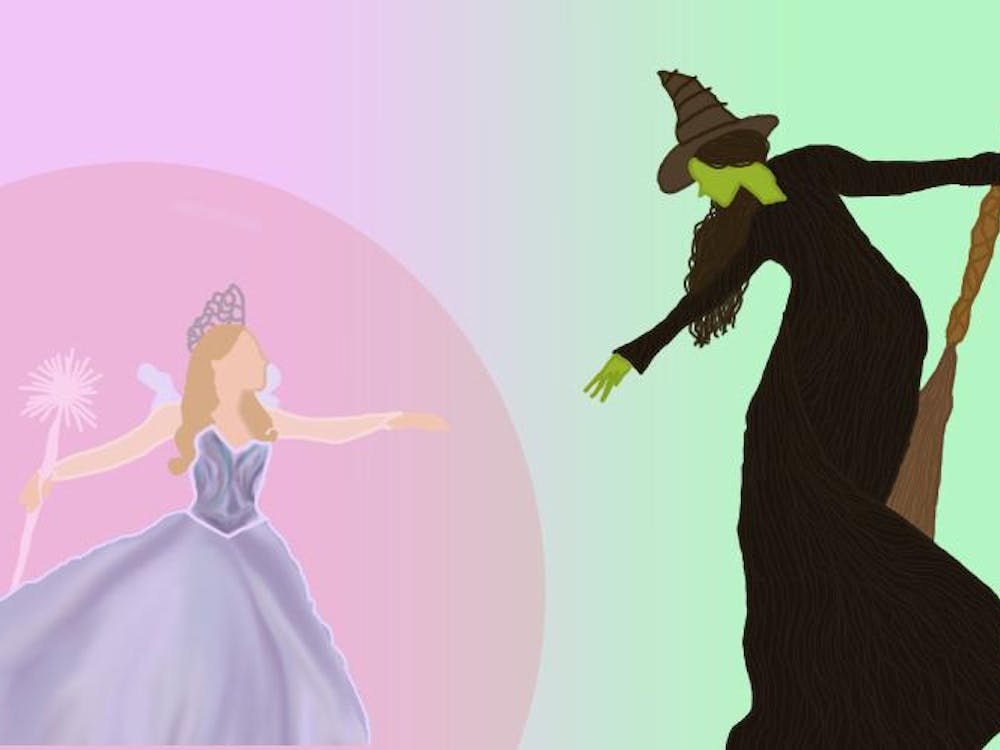This article contains minor spoilers for season four of “Stranger Things.”
“Stranger Things” is finally back, and the gang is fighting new monsters, navigating new friendships and wrestling with the new and complex emotions that have come out of their traumatic experiences.
The Netflix series’ fourth season is divided into two parts — seven episodes were released May 27 as Volume 1. Volume 2 wrapped up the season with just two longer episodes, airing July 1. In the past, a majority of “Stranger Things” episodes have run just shy of the 60 minute mark. Every season four episode breaches this limit, with the season finale being a full two hours and 30 minutes in length.
The Duffer Brothers pack a lot of content into this oversized season, drawing the characters into darker and more dangerous territory with each passing second. Despite the length, “Stranger Things” is as entertaining as ever. Production budgets have grown since the earlier seasons, and the show’s new capabilities are visible and thrilling.
The new villain, Vecna, oozes gooey, visceral violence — the product of a talented special effects team and an unsettling performance by Jamie Campbell Bower. The emotion of the action is underlined by the show’s note-perfect score and a truly inspired use of Kate Bush’s “Running Up That Hill,” among other effective period music cues.
Crucially, the character dynamics central to the series’ tone are still intact, and grow in compelling ways. The connection between Hopper, played by David Harbour, and Joyce, played by Winona Ryder, feels sweet and genuine, while Max, played by Sadie Sink, sinks into complex feelings surrounding her stepbrother which produce real conflict in the aftermath of his season three death.
Steve, played by Joe Keery, and his role in protecting his younger friends is consistently endearing, as is his platonic love for Robin, played by Maya Hawke. “Stranger Things” has always been anchored by the friendships shared by its young heroes, and these friendships continue to fuel the action.
Through these strong character dynamics, the Duffer Brothers achieve a sense of real stakes, as their characters face serious danger and crushing loss. Season four gives weight to the emotional toll of previous seasons and allows it to drive the plot. This is especially evident in Max’s affecting season four arc, as she deals with grief and guilt in combination with the supernatural evil threatening her friends.
But despite its many strengths, “Stranger Things” doesn’t quite justify season four’s staggering runtime. It is easy to lose track of what’s going on and what each subplot means within the wider story, especially because the cast is largely split between three distinct locations with minimal overlap.
While characters like Max and Lucas, played by Caleb Mclaughlin, feel vital throughout, Eleven, played by Millie Bobby Brown, is totally isolated from the core group for the majority of the season, stuck with tedious exposition that’s begging to be carried out more efficiently.
Characters who once carried the show, like Mike, played by Finn Wolfhard, Will, played by Noah Schnapp, and Dustin, played by Gaten Matarazzo, are largely sidelined. The staggering size of the season weakens the focus on key characters and loses the careful balance between their parallel stories.
“Stranger Things” transforms with each new season, and one unfortunate byproduct of this transformation has been the loss of the groundedness of season one. The placid suburban setting was once central to the show’s tone — the terror of the Demogorgon was underscored by the fact that it materialized in living rooms, swimming pools and high school science labs. When the kids’ only mode of transportation was their bikes, their vulnerability was highlighted.
The scope is broader in season four — Hopper is tortured in a Soviet prison and Eleven regains her powers in a subterannean lab in the middle of the desert. While this opens up possibilities for new characters, settings and stories, it also changes the nature of the show, and dilutes the sensibility that once made it special.
Overall, The Duffers consistently deliver compelling action centered on touching character dynamics. Still, the loss of the first season’s tight focus stands out in season four. For now, “Stranger Things” is an exciting watch, even as its scale progressively shifts. It’s unclear if this excitement can be effectively maintained as the show continues to grow in its next season.







